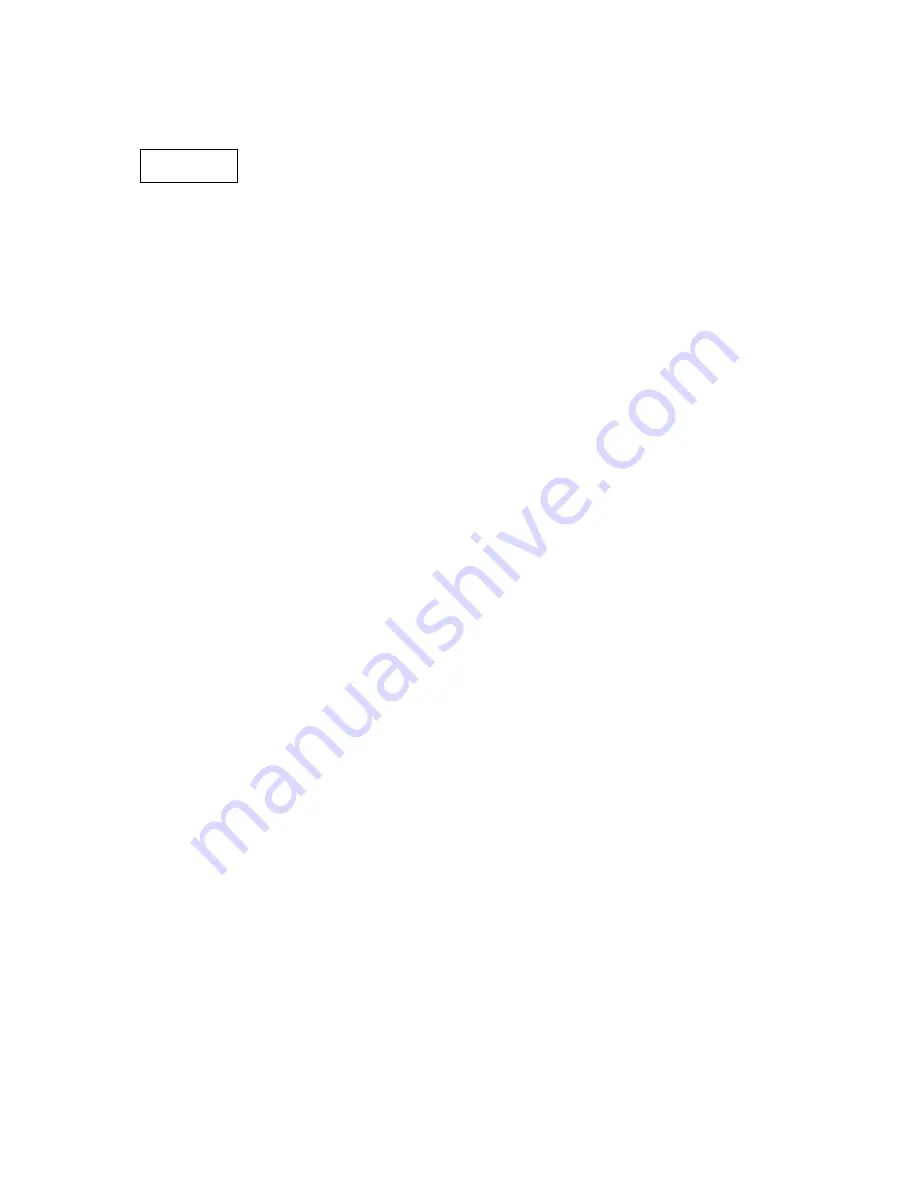
Always check the manufacturer’s working pressure of the cylinder to be filled, and the stamped
safety device on the cylinder valve to ensure the cylinder will not be overfilled.
When transfilling cylinders the resulting pressure in both cylinders can be determined by …
b.
Transfill procedures
:
1) Ensure that the transfill hose, adapters, cylinder valves, tools and any other items to be used
are clean and free from oil, grease or other contaminants.
2) Lay both cylinders on the ground (so they can’t fall) and position them so as to allow the
transfill hose to reach between them without putting a strain on the hose or any connections. If
one cylinder must be upright (e.g. filling from a six-pack) support the other cylinder in such a
manner that it can not fall and does not strain the transfill hose or any connections.
3) Connect the transfill hose to the source cylinder by threading one end of the hose on to the
oxygen valve outlet fitting. Note that the transfill hose inlet is fitted with a hand-tight nut and
Teflon tipped inlet nipple. A complete seal can be achieved by hand tightening.
4) Attach the cylinder to be filled (target cylinder) to the other side of the transfill hose.
5) Slowly open the valve on the target cylinder by turning the valve handle counter-clockwise,
allowing the transfill hose to pressurize. Listen for oxygen leaks. Pause for 10 seconds then
continue slowly opening the valve all the way until it stops. Turn the valve handle 1/4 turn
clockwise.
6) Slowly open the valve on the source cylinder by turning the valve handle counter-clockwise
until oxygen can be heard (and felt) to be leaving the cylinder. Immediately stop turning the
cylinder valve handle.
7) Walk away for a few minutes to allow transference to take place.
8) When the sound of oxygen leaving the source cylinder can no longer be heard (or felt), slowly
open the cylinder valve a little more until oxygen is heard to move again.
9) Walk away for a few minutes to allow transference to take place.
10) Repeat steps “8)” and “9)” as necessary until the oxygen pressure has equalized between the
cylinders (when opening the valve further will not result in gas transferring).
11) Close the valve on the target cylinder by turning the handle clockwise until it stops.
12) Close the valve on the source cylinder by turning it clockwise until it stops.
13) Loosen the connection between the transfill hose and the target cylinder, allowing the hose to
lose pressure. Remove the transfill hose from the target cylinder.
14) Remove the transfill hose from the source cylinder.
15) Check the pressure in each cylinder using the gauge attached to the regulator. Mark cylinder
“E” (empty), “1/4”, “1/2”, or “3/4” with chalk, a sticker or a tag before storing cylinder.
NOTE






























